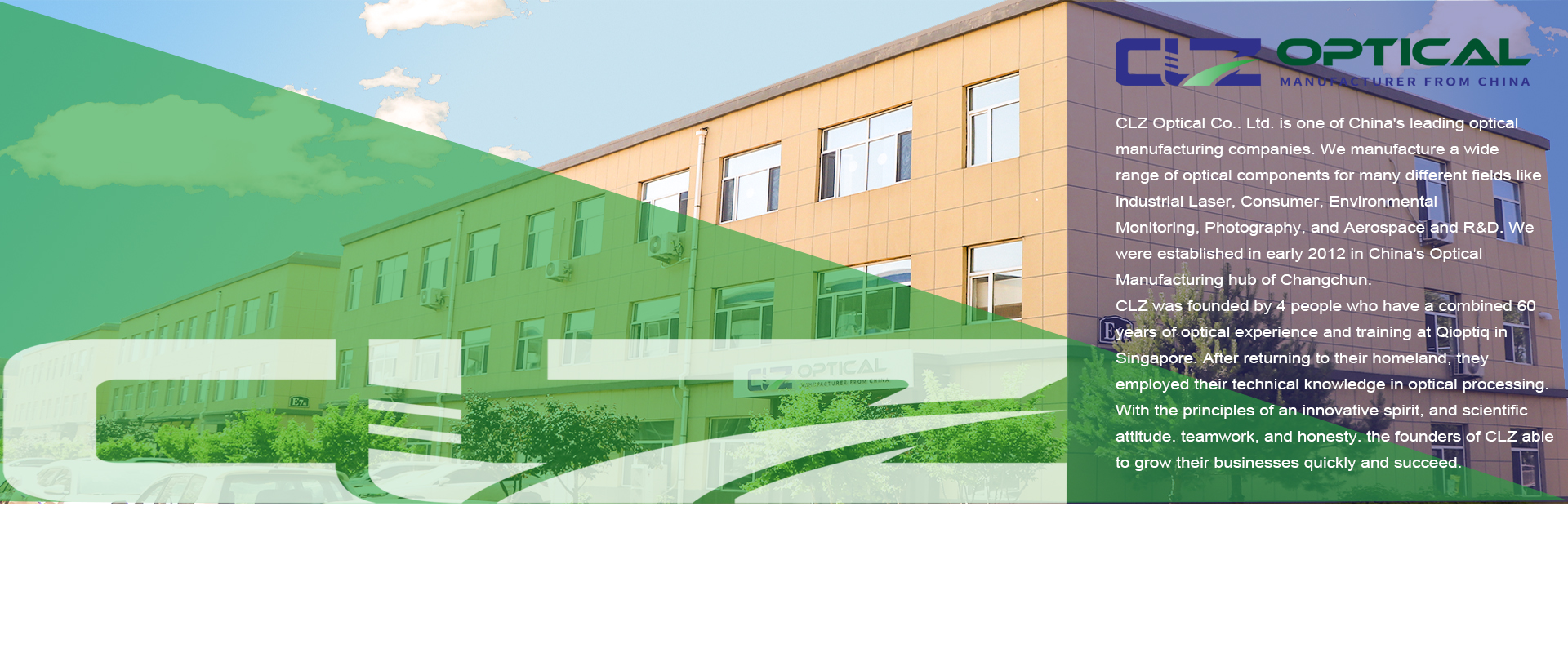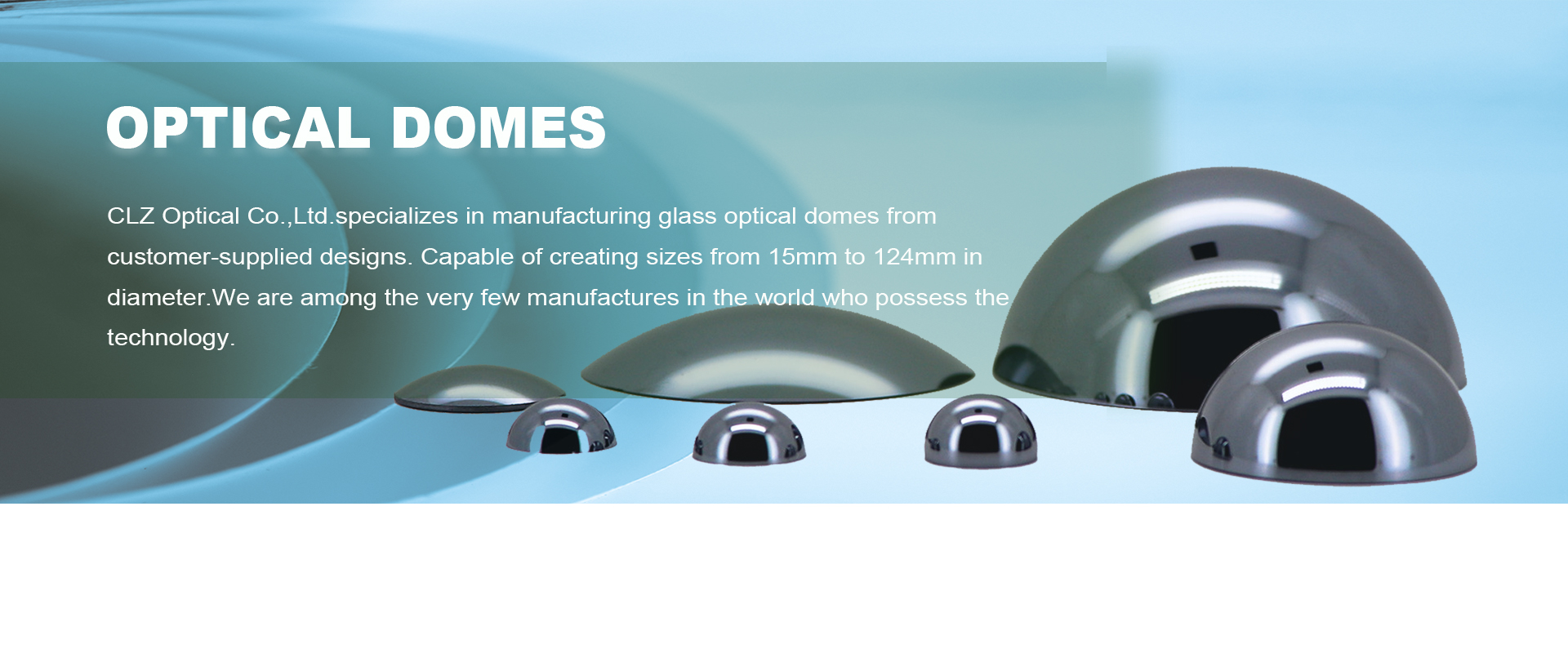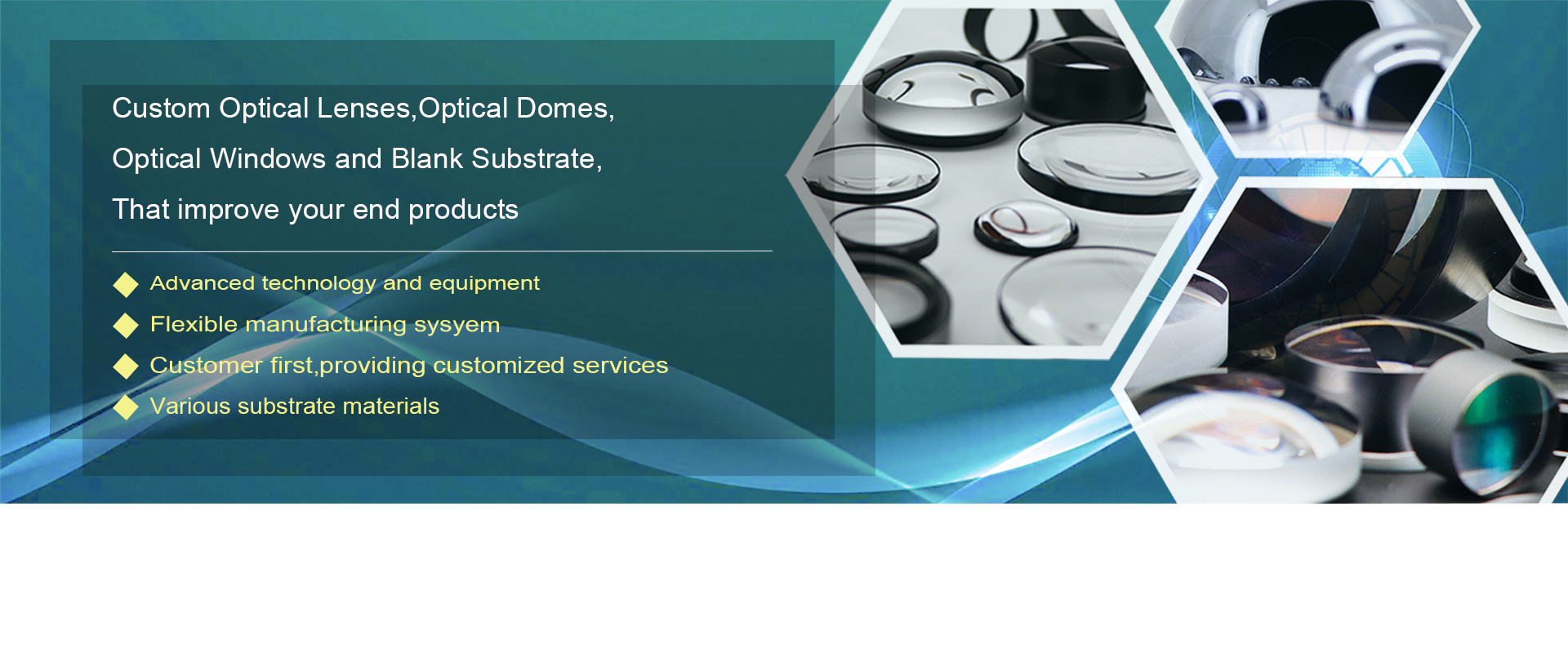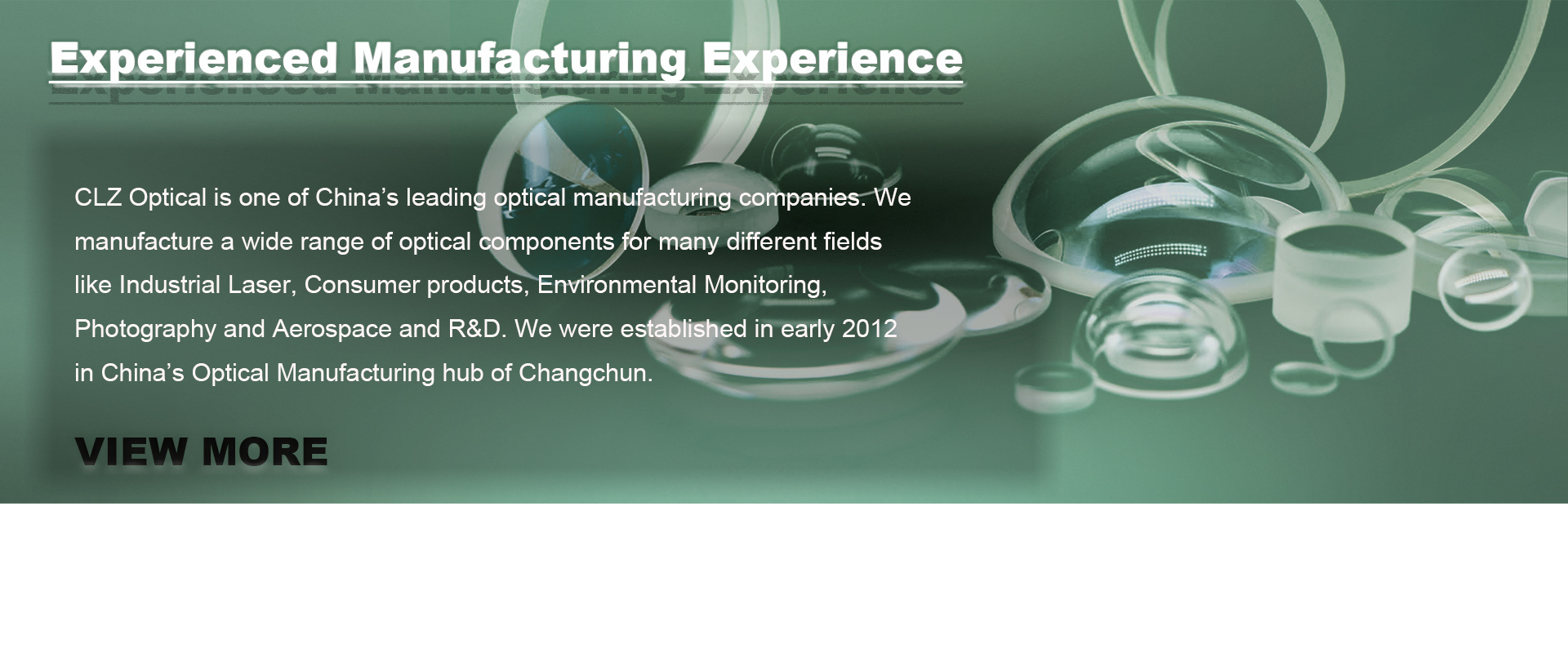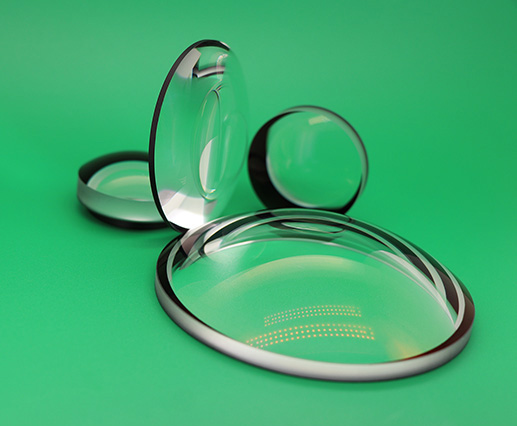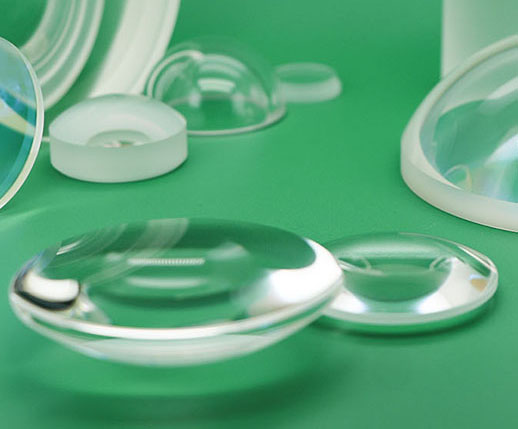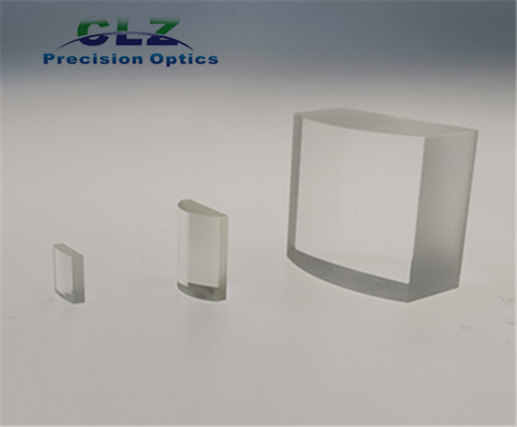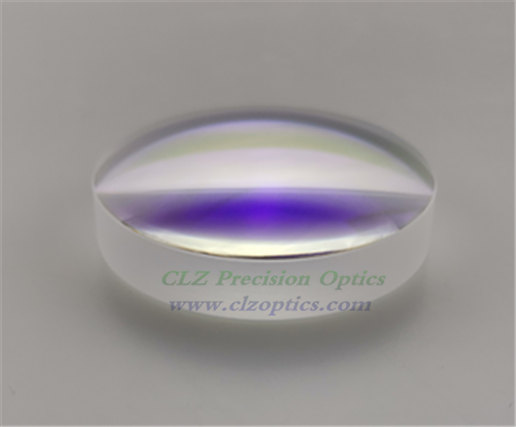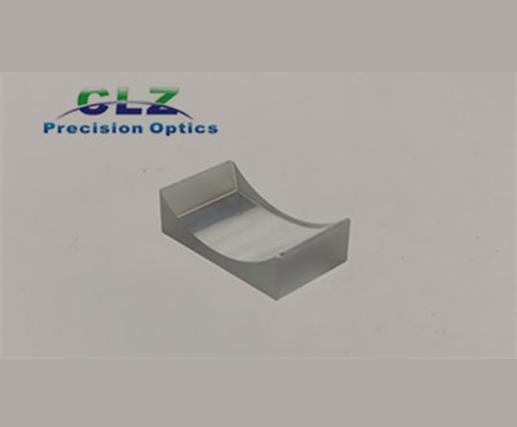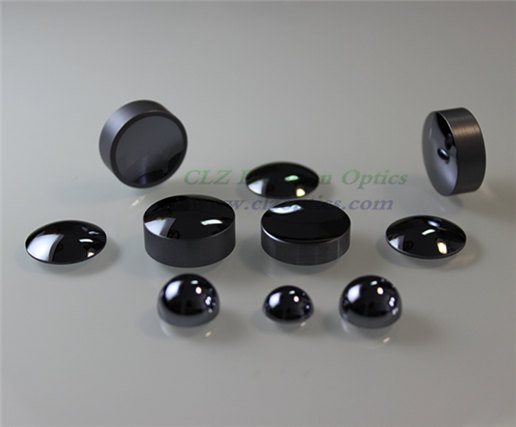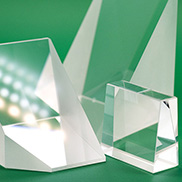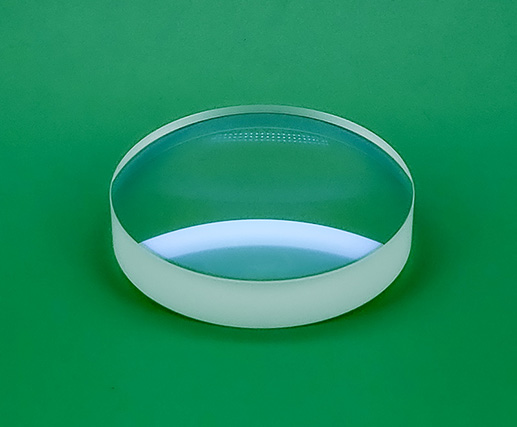Fused Silica Precision Lenses for Solid State Laser applications.
PRODUCT DESCRIPTION
◢Double Convex Lenses
A biconvex lens is a positive lens characterized by a longer focal length in the middle and shorter focal lengths at both ends. These lenses are used in a wide variety of applications such as camera lenses, projectors, telescopes and microscopes. Bi-convex lenses are often used to expand light beams. In this article, we discuss the properties, functions, and applications of biconvex lenses for beam expansion.
Bi-convex lenses are made of optical glass and are convex on both sides. The center of the lens is thicker than the edges, which provides a focal point for the light rays entering the lens. Light rays entering the lens are refracted and converged to the focal point. The distance between the focal point and the center of the lens is the focal length. The focal length of a biconvex lens depends on the curvature of the lens and the refractive index of the glass.
The unique property of biconvex lenses is their shape, which causes light rays entering the lens to diverge as they pass through the lens. When light exits the lens, it appears to expand or spread out. This characteristic makes biconvex lenses ideal for beam expansion applications. Beam expansion is the process of increasing the beam width or diameter.
Many applications require beam expansion. Microscopes use beam expanders to increase the field of view. Likewise, telescopes use beam-expanding lenses to gather more light to form an image. Projectors use a beam expander lens to magnify the projected image. In each of the above applications, biconvex lenses are used to expand the light beam.
One of the main advantages of lenticular lenses is their ability to expand the beam of light while maintaining image quality. This lens is designed to minimize distortion and aberrations, ensuring clear and sharp images. This feature is especially important in applications such as microscopes and telescopes that require extremely high image quality.
UV Fused Silica is a prime choice for lenses in use with Solid State Lasers due to its synthetic amorphous silicon dioxide of extremely high purity providing maximum transmission from 195 to 2100 nm. And Abbe constants of UV Fused Silica are also very similar to that of N-BK7 and excellent transmittance in the ultraviolet region.
CLZ Optical Co., Ltd. lenses are polished to tight tolerances to ensure minimum wavefront distortion. Tight surface quality tolerances minimize scatter and unwanted diffraction effects.
We can do the fused silica lenses have λ/8 surface irregularity and the surface quality have 20-10 scratch- dig.










